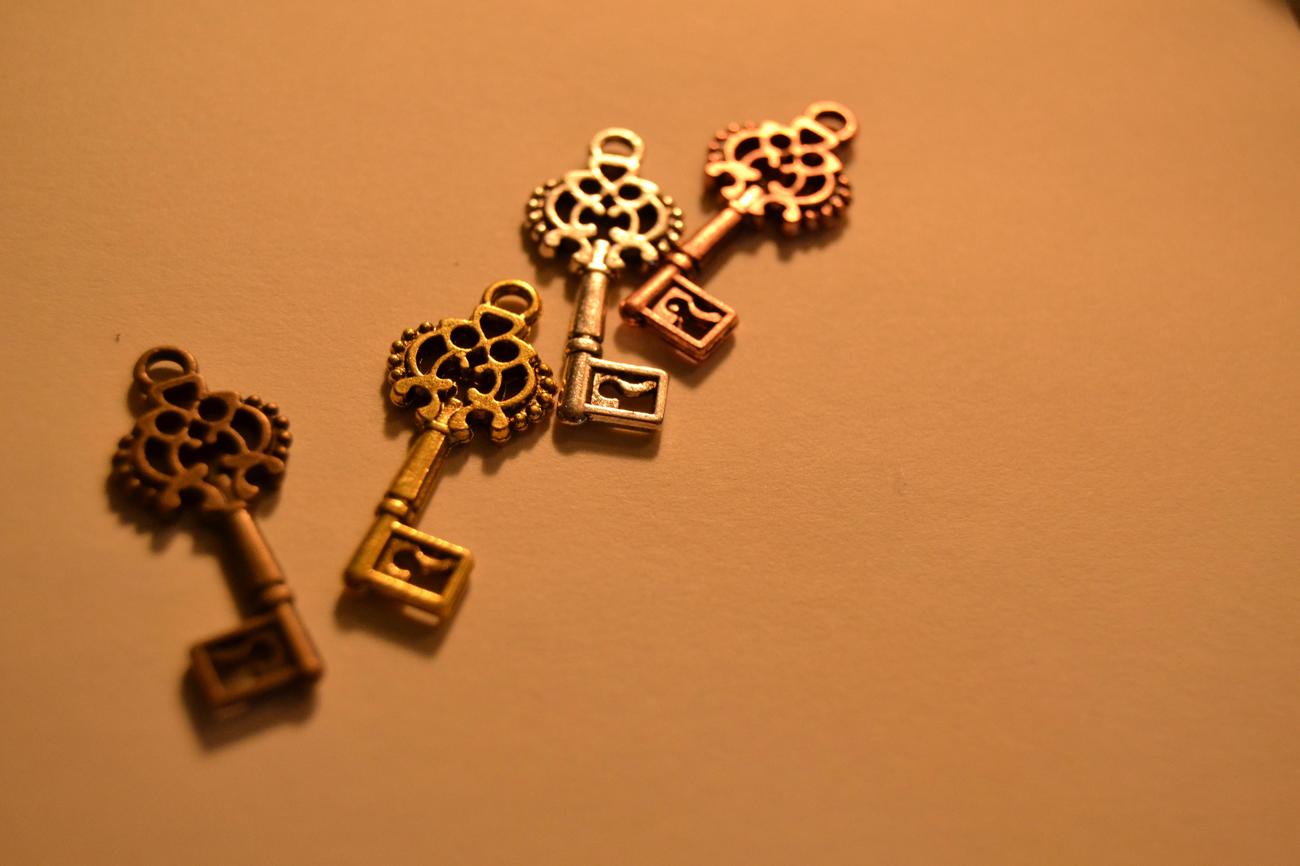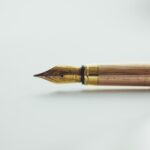Are you ready to embark on a journey through time? In this article, we will unveil the boundless legacy of brass and delve into its fascinating historical significance. From its earliest origins in ancient civilizations to its transformative role in the industrial revolution, brass has left an indelible mark on our world. As a seasoned historian with a passion for uncovering hidden stories, I have dedicated years of research to explore the cultural, economic, and artistic impact of this remarkable material. Join me as we unravel the mysteries and uncover the profound influence of brass in shaping our past, present, and future.

Historical Significance of Brass
Throughout the annals of history, few materials have left a legacy as enduring as brass. This extraordinary alloy of copper and zinc has woven its way into the fabric of civilizations, transforming the world through its cultural, economic, and artistic impact. From its humble origins in Neolithic times to its pivotal role in the industrial revolution, the historical significance of brass is an untold tale waiting to be unveiled.
Let us embark on a journey to explore the fascinating story behind this remarkable alloy. From the onset, brass captivated the ancients with its exquisite beauty and versatility. Dating back to around 500 BC, it was hailed as “mountain copper” and cherished for its decorative allure. However, a common confusion arises when examining ancient texts, as the term “brass” often refers to bronze, the alloy of copper and tin. It was not until around 30 BC that brass as we know it today emerged in Egypt, swiftly embraced by the Romans.
The Romans, ever the pioneers of metallurgy, refined the production of brass through their ingenious calamine process. This involved adding zinc carbonate or zinc oxide to copper and melting the mixture under a charcoal cover. The resulting alloy, known as “aurichalum,” quickly found its way into various aspects of Roman life. Brass became their chosen currency, symbolizing its widespread acceptance and value. The Romans also recognized its unmatched utility, employing it in an array of metallurgical purposes.
As the centuries unfolded, so did the reign of brass. Home hardware, boasting the durability, workability, and corrosion resistance of this alloy, was revolutionized. For nearly five centuries, brass has adorned doors, windows, and furniture, leaving an indelible mark on architectural aesthetics. Accurate instruments such as clocks, watches, and navigational aids owed their precision to the inherent properties of brass. Its ability to resist corrosion made it the ideal choice for such delicate mechanisms.
Yet, the historical significance of brass extends beyond its practical applications. It speaks to profound shifts in the world’s power dynamics and trade routes. Disruptions in the trade of tin from Western Europe may have contributed to the growing popularity of brass in ancient Egypt. This substitution not only showcases the adaptive nature of civilizations but also traces the intricate web of interconnections that spanned across continents. The widespread adoption of brass by the Egyptians is evident in the astonishing finding that over 90% of copper alloy artifacts from the 6th to 7th centuries AD were made of brass.
In essence, the historical significance of brass is a testament to human ingenuity and the ceaseless quest for progress. Its journey, intertwined with the rise and fall of empires, paints a vivid picture of our collective heritage. From the ancient craftsmen who first realized its potential to the modern artisans who continue to shape it, brass remains an eternal material, etching itself into the tapestry of time.
“Unveiling the boundless legacy of brass, we uncover a story spanning millennia, where beauty, utility, and adaptability converge. The historical significance of brass transcends its material origins, leaving an indelible imprint on our world.”
Create a captivating paragraph that entices readers to click the link:
Brass, a fascinating alloy of copper and zinc, is more than just a shiny metal. Did you know that brass has been used for centuries to create musical instruments, intricate jewelry, and even durable plumbing fixtures? If you’re curious about the history, properties, and interesting facts about brass, click here to explore our comprehensive guide on Facts About Brass. Discover how this versatile material has shaped various industries and discover its many remarkable qualities. So go ahead, click the link and unlock a world of knowledge about brass.
Hugo syntax:
Brass, a fascinating alloy of copper and zinc, is more than just a shiny metal. Did you know that brass has been used for centuries to create musical instruments, intricate jewelry, and even durable plumbing fixtures? If you’re curious about the history, properties, and interesting facts about brass, click here to explore our comprehensive guide on Facts About Brass. Discover how this versatile material has shaped various industries and discover its many remarkable qualities. So go ahead, click the link and unlock a world of knowledge about brass.
FAQ
Question 1: When was brass first used by ancient civilizations?
Answer: Brass has a rich history that dates back to Neolithic times. It is believed to have been made by reducing mixtures of zinc ores and copper ores, and its earliest use can be traced to ancient civilizations.
Question 2: What was brass called in ancient times?
Answer: In ancient documents, the term “brass” was often used to denote bronze, which is an alloy of copper with tin. Around 500 BC, brass was referred to as “mountain copper” and was primarily used for decorative purposes.
Question 3: How did the Romans make brass?
Answer: The Romans made brass by using the calamine process. They added zinc carbonate or zinc oxide to copper and melted the mixture under a charcoal cover. This resulted in the production of brass, which the Romans called “aurichalum.”
Question 4: What were the uses of brass in ancient times?
Answer: Brass had various uses in ancient times. The Romans used it for currency and other metallurgical purposes. It was also commonly used for making accurate instruments such as clocks, watches, and navigational aids.
Question 5: What contributed to the increasing popularity of brass in ancient Egypt?
Answer: The disruption in the trade of tin for bronze from Western Europe may have contributed to the increasing popularity of brass in ancient Egypt. Over 90% of copper alloy artifacts from Egypt in the 6th-7th centuries AD were made of brass.
- Unlock Filipino Culture: A Deep Dive into Traditions and Practices - April 23, 2025
- Unlock Spanish Culture: Insights & Opportunities Now - April 23, 2025
- White Spirit Uses & Substitutes: A Deep Dive for Pros & DIYers - April 23, 2025
















